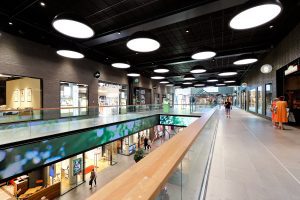For years, cities have attempted to alleviate traffic congestion by constructing more roads, tunnels and bridges. Often, these very expensive capacity improvements created more problems than they solved – disjointed land use and transportation as well as environmental impacts, including poor air quality and increased storm water run-off. Mass transit is typically a “greener” alternative, but difficult to serve lower density land use and requiring extensive operating subsidies. Instituting more emission regulations and energy efficiency policies, by themselves, produced benefits, but also had negative impacts on economic growth. Solving urban mobility problems is not a simple task of adding capacity or imposing strict regulations.
Instead, several cities worldwide are addressing the broader issue of how to manage an urban environment to keep it sustainable as its population continues to grow. They are putting information management technology to work to share data, create meaningful information and then utilized that new information and awareness across all agencies and departments. The city’s transportation sector, in particular, can benefit from integrating information on traffic, events, weather, air quality and other factors impacting mobility. It can then apply advanced analysis to predict upcoming conditions, conflicts and demands; proactively identify management alternatives; and make the decisions that optimize the use of its existing infrastructure.
Not only can operators put integrated information to work, but the connected urban traveler can use the information, made available through all available digital channels: computers, smart phones, electronic apps, or dynamic message signs. With timely and accurate information readily available, the traveler can make informed choices about the route and/or modal alternative that reduces his or her own travel time, costs, and aggravation.
Cities that have adopted this technology are reporting impressive results—including up to 15% reduction in travel time on main routes, up to 15% increase in average speed, and up to 10% reduction in vehicle emissions. The city and its economy realizes more efficient and effective use of existing infrastructure, while businesses and the traveling public enjoy, safer, more predictable commutes and lower fuel costs.


